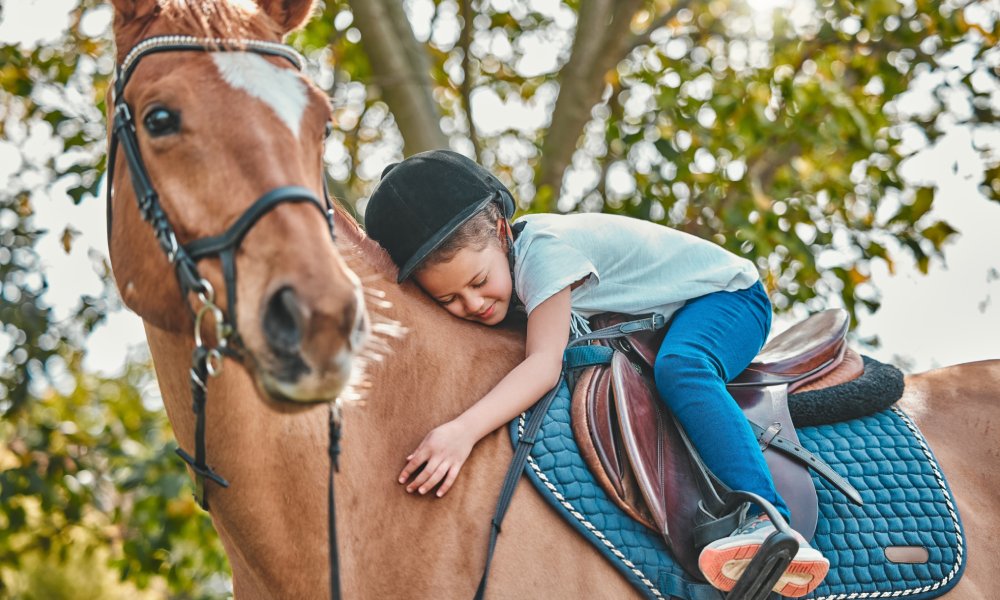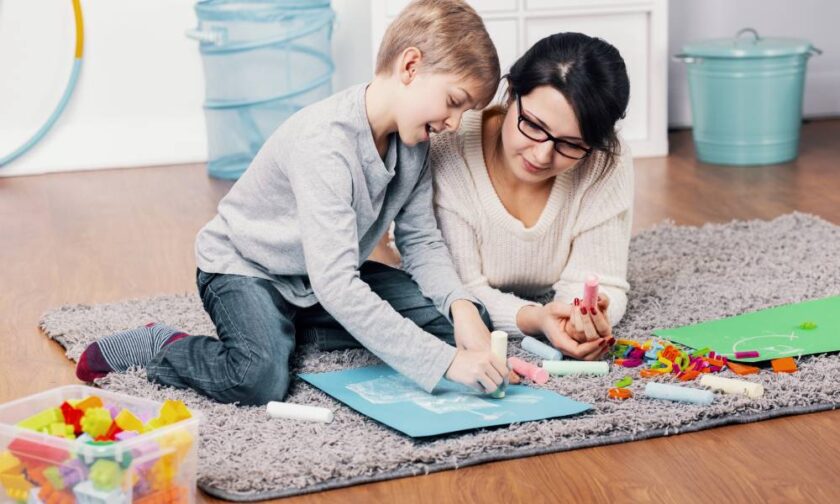Equine therapy, often referred to as horse riding therapy, has become a valuable resource for children with autism. This unique form of therapy combines the calming presence of horses with therapeutic techniques that can benefit children emotionally, socially, and physically. Let’s explore equine therapy and how horse riding can help autistic children thrive.
Building Emotional Connections Through Horses
Horses have a natural ability to connect with humans on an emotional level. This connection can foster feelings of trust, safety, and emotional regulation in children with autism.
The rhythmic movements of the horse can also soothe children, helping them feel more at ease. Over time, many children with autism who engage in equine therapy show improvements in managing anxiety and stress as they begin to trust and bond with the animal. This emotional development is a cornerstone of how horse riding can positively impact children with autism.
Encouraging Social Interaction
Many children with autism struggle with social interaction, but equine therapy creates a unique opportunity for communication. Children often feel less pressured by the typical social expectations they might experience with people in the presence of horses.
Riding lessons often involve gentle instruction and interaction with therapists or riding instructors, giving children the chance to practice listening, following directions, and engaging in non-verbal communication. These social skills can grow into a more comfortable, supportive setting as they work alongside others to care for and ride the horse.
Improving Motor Skills and Physical Health
Horse riding offers physical benefits that can aid autistic children in developing better motor skills. Balancing on the horse helps with core strength and coordination, while the movements of the horse encourage improved posture and muscle tone. The repetitive motions of horse riding can even help children build better muscle memory.
Choosing your first horse riding saddle is essential before beginning equine therapy. Ensuring proper comfort and fit can make a significant difference in your child’s experience and progress and can protect their physical health while riding.
Boosting Confidence and Independence
Equine therapy is more than riding; it’s about building a sense of achievement. Your child’s confidence will grow as they learn to guide the horse. The act of caring for a horse, learning to groom it, and following through with commands can promote a sense of responsibility and accomplishment. These small wins can boost a child’s self-esteem, helping them feel more independent in and out of the therapy sessions.
Finding Peace Through Nature
Another important aspect of equine therapy is the connection to nature. Horses provide a bridge to the natural world, and spending time outdoors is often therapeutic for children with autism.
Many equine therapy centers offer serene environments that allow children to escape the overstimulation of everyday life. The combination of fresh air, the horse’s peaceful presence, and the repetitive movement of riding creates an ideal setting for relaxation and emotional healing.
Equine therapy continues to inspire families to search for effective, non-traditional treatments. Horse riding can help children with autism by supporting them on their developmental journey, whether through the emotional bond formed with the horse, social skills development, or the physical benefits gained from riding.






